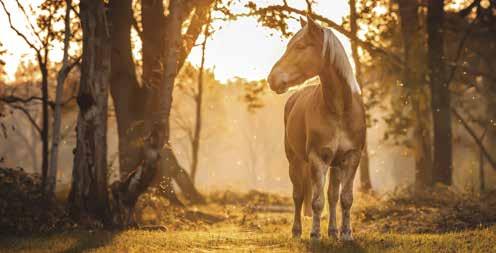
2 minute read
Canadian Cowboy Challenge Update

By Hans Kollewyn
Advertisement
The spring weather has been okay and I think most riders are well underway conditioning the team. To help out preparing for the Challenge season, there are Play Days listed with confirmed dates. They are all in Alberta so far, and the dates listed are: May 20, June 10, August 4, August 19 and September 9. For further information and location, go to the CCC website under Clinics/Play days.
A s of yet, there are no confirmed Challenges in Saskatchewan. Dates should be confirmed soon and listed on the CCC website.
Clinics and Play Days are the best way to address questions and issues that CCC members (or where non-members can experience a Challenge) may have. Melissa explains that, “my horse Ally was off for a year due to having a foal. Since her restart in October, we’ve been working a lot on that transition from faster to slow when we are approaching the obstacle, and slow to faster when we leave the obstacle. She’s the type of horse that will go over or through anything. We have been trying out what works better for us, a voice (cue) or that push down on the seat. Due to her favourite gait being stopping when I push down to slow her down, she is thinking I want her to stop. So a work in progress. I feel with time and practice we will get there.”

Tricia has two questions asking, “gates are something I’m always wondering about. And those backup L things.” I will try to explain both questions in a general manner. Both obstacles ideally are executed in one fluid motion. It is important to be able to maneuver both the front and hind quarters of your horse independently and/or at the same time. Initial set up (or entry) of both obstacles is extremely important as it leads into the execution of the obstacle. With a slight hesitation before your execution, it is important to be able to control the front and hind quarters around corners. To be fluid, the communication within the team needs to be such that the front end moves in one direction as the hind quarters move in the opposite direction. This maneuver is used around the gate or the corner of the L. Now the task is to maneuver both the front and hind quarters to be in line for the exit. Clearing the obstacle finishes that aspect of the course so that the team can now proceed to the next obstacle.
On the same theme, Petra had a question on the “hind end on the tire turn on the haunches.” This obstacle is similar to the gate and L as the rider needs to be able to control the front and hind quarters independently. The difference is the gate and L are a fluid motion and the turn on the haunches requires the hind quarters remain on the tire (pivot point) while the front end rotates around the tire.
In summary, being able to direct the front and hind quarters independently is important. Being able to maneuver the gate or L in a fluid motion, or to be able to hold the hind quarters in place while moving the front end around the tire, are the tasks that are required. Communication within the team is all important.
The obstacles described did not include the side pass but relied on independent maneuvering of the front and/or hind quarters. These are basic communication skills both the rider and horse need to master to work as a team. Communication includes stability through the hands/reins and direction with the rider’s legs. Understanding and coordination of both is the task required of the team.

Hopefully the statement and questions are helpful. As Mellisa indicated, “with time and practice” progress within the team will be realized.
Enjoy and have fun with your riding.




